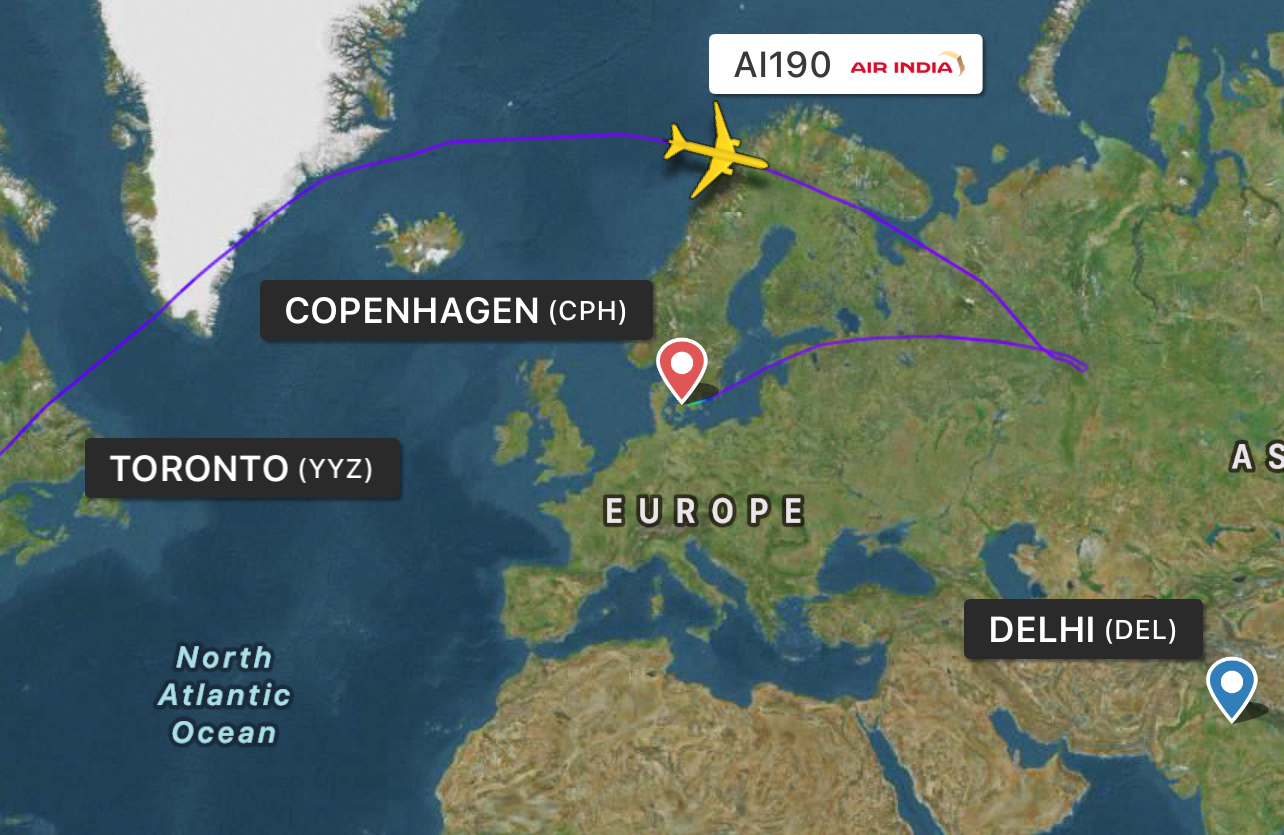On April 24, 2025, Pakistan announced the closure of its airspace to all Indian airlines following escalating tension between the countries. This closure has primarily affected westbound flights departing from northern Indian cities, including the busy hub of Delhi.
With Pakistani airspace no longer accessible, these flights must now take longer, more circuitous routes over the Arabian Sea to reach their destinations in Central Asia, the Caucasus, West Asia, Europe, the UK, and North America.
Air India is the most heavily affected carrier. The airline operates dozens of daily flights from Delhi to long-haul destinations in Europe, the US, and Canada — routes that are now rerouting and prolonging the flight time by hours.
These detours require additional fuel and have increased overall flight time, leading to substantial operational challenges. More than 200 daily flights operated by Indian airlines used to cross Pakistani airspace to fly to destinations in the West and the Middle East.
Rerouted European Flights
Following the closure of the Pakistani airspace, flight time to and from Europe have been prolonged by 1.5 to 2 hours.

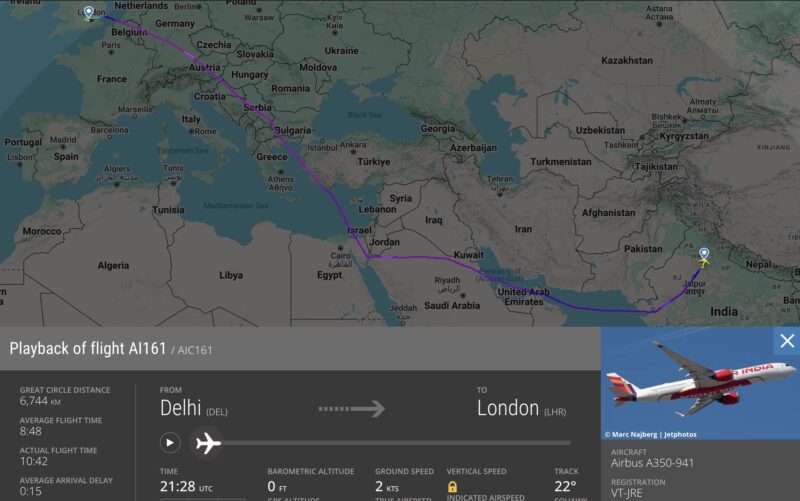
On April 24, Air India’s flight AI162 from London to Delhi was diverted to Abu Dhabi for refueling following the announcement of the closure.
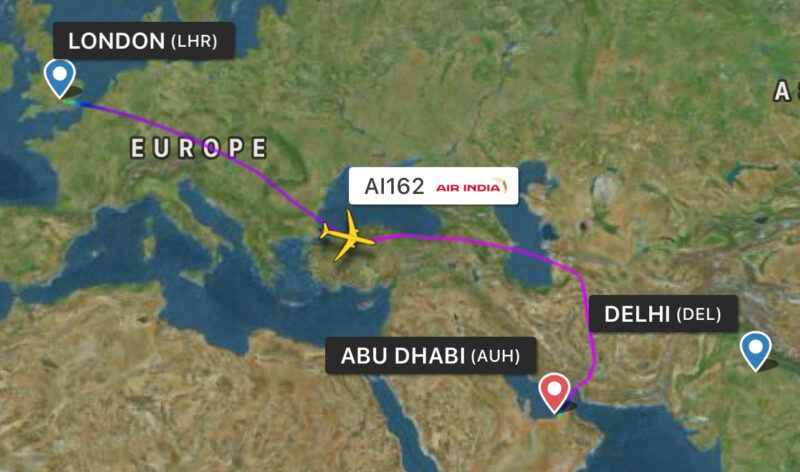
Air India’s flight from Amritsar to London Gatwick is one of the most affected ones.
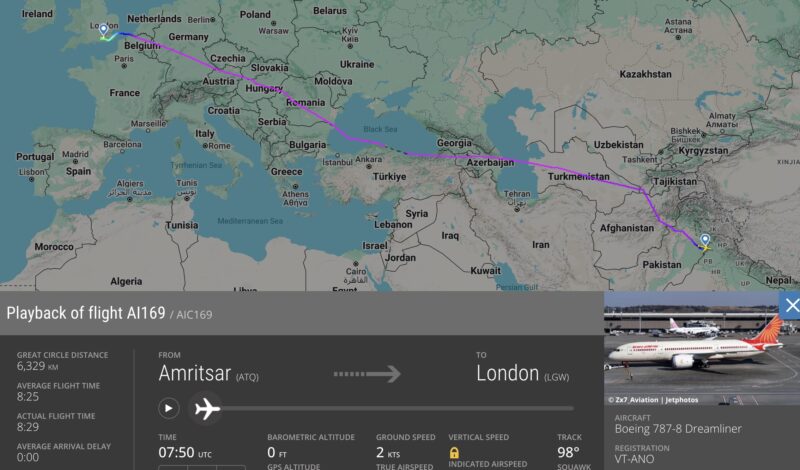
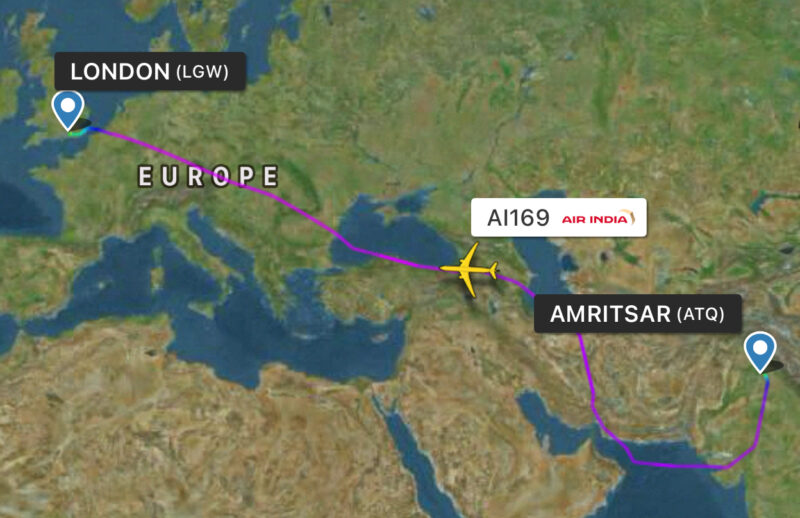
Rerouted North American Flights
Air India’s flights to and from the United States and Canada have been prolonged by two hours.
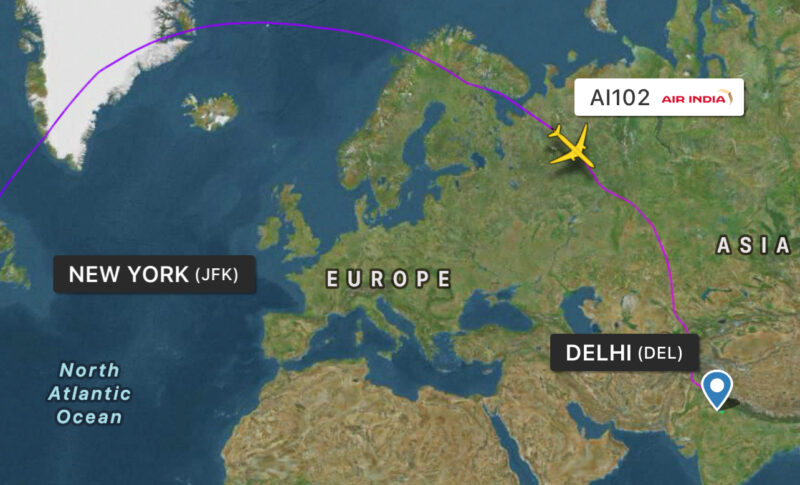
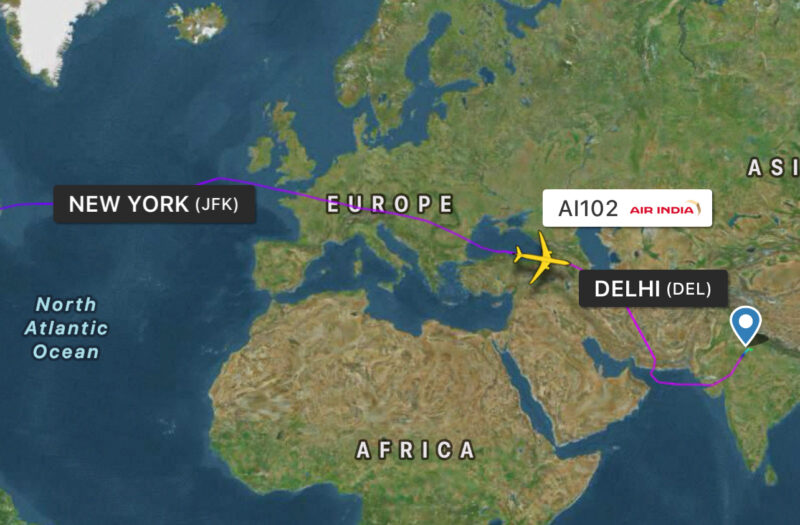
On the day of the airspace closure, flight AI190 from Toronto to Delhi was diverted to Copenhagen before continuing its journey to Delhi.
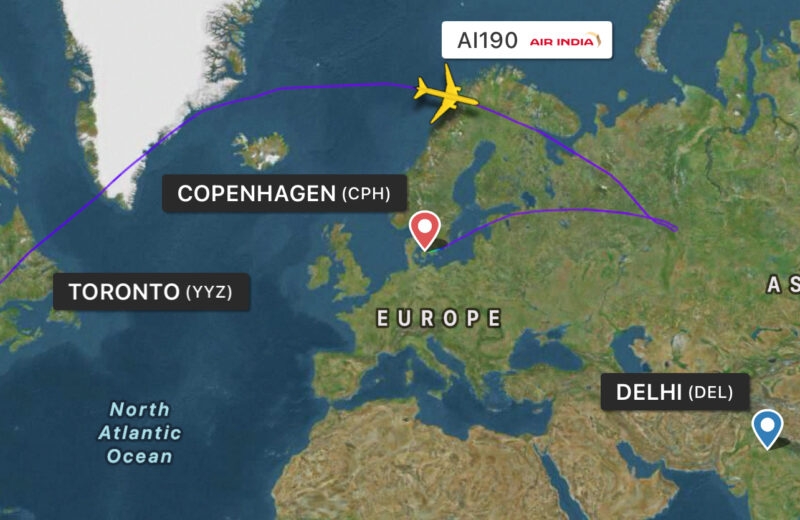
Rerouted Middle Eastern Flights
Flights from the Northern cities including Delhi, Amritsar, and Chandigarh to Istanbul, Baku, Dubai, and other Middle Eastern destinations have been lengthened by around 30 minutes to an hour.
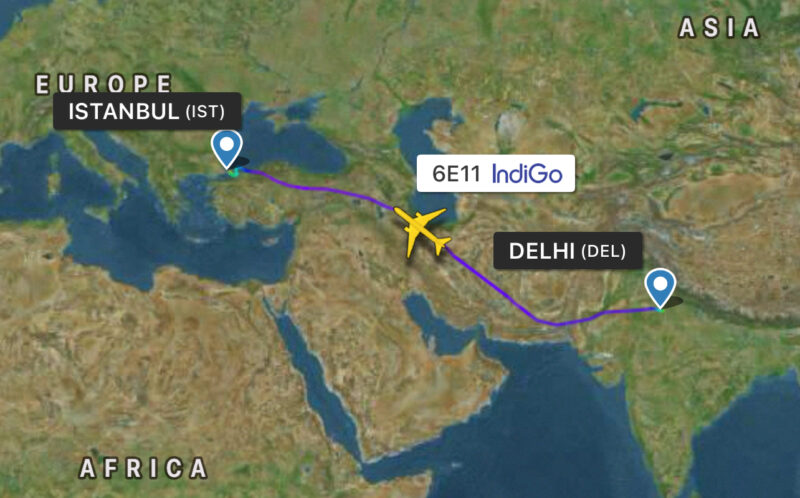
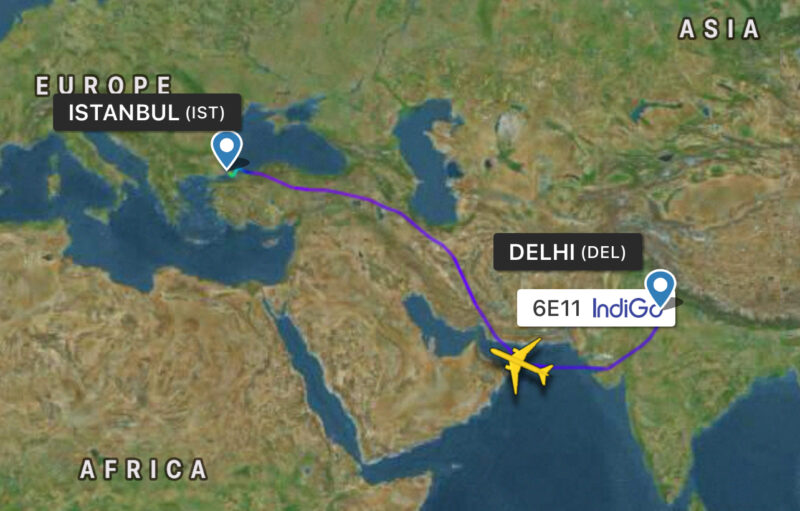
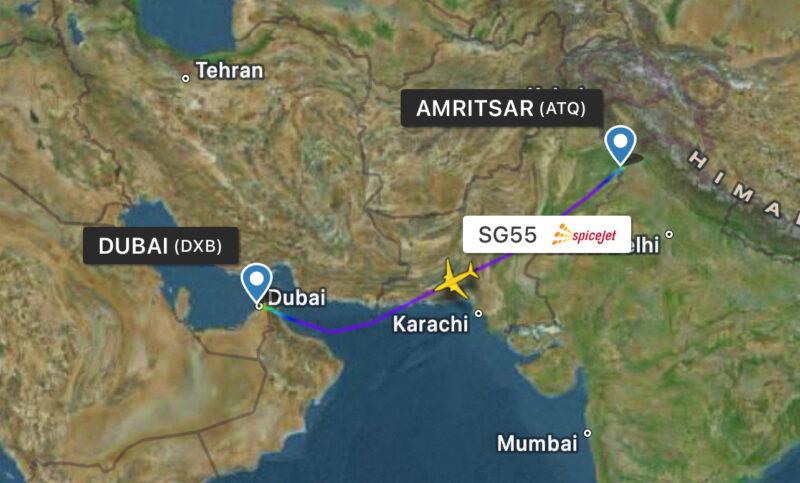

Baku to Delhi is the most affected one in this region with the flight now prolonged by an hour.
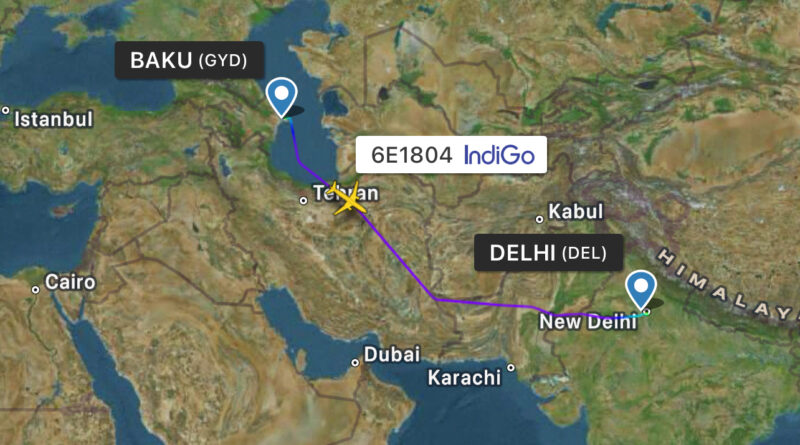
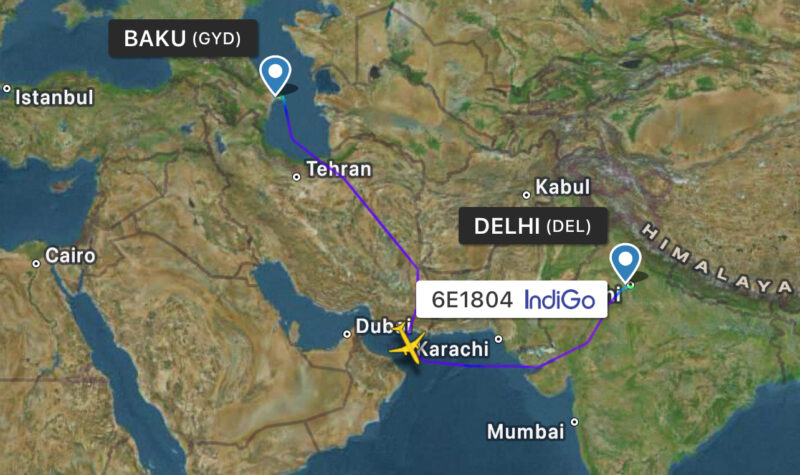
Rising Costs and Operational Challenges
The new flight paths are adding to the cost burden for airlines already operating on thin profit margins. Longer flight durations also mean that aircraft must carry more fuel, which reduces the allowable payload — forcing airlines to cut back on passengers, baggage, or cargo.
A senior travel industry executive told PTI that international airfares on Indian carriers could rise by 8 to 12% in the short term. If the closure persists, these prices may increase further.
Moreover, non-Indian carriers that are still permitted to use Pakistani airspace could gain a competitive edge, offering shorter and cheaper flights on the same routes.
Airlines may attempt to offset these costs, but the trade-off between fewer passengers and higher ticket prices is not sustainable long-term, especially as they navigate international airspace limitations and geopolitical tensions.
Pakistan Airspace Closure in 2019
The recent airspace closure is reminiscent of February 2019, when Pakistan last closed its airspace following the Indian Air Force’s airstrikes in Balakot after the Pulwama attack.
At that time, Indian airlines reportedly suffered losses of around ₹700 crore, largely due to higher fuel costs and rerouted operations. Air India, with its large westbound international network, bore the majority of those losses.
Indian Airlines Responses
Air India announced via X (formerly Twitter) that some of its flights to and from North America, Europe, the UK, and the Middle East will be taking longer alternative routes.
IndiGo also confirmed disruptions to some international services, assuring passengers.
Meanwhile, SpiceJet has issued a waiver for all rescheduling and cancellations for travel to and from Srinagaruntil April 30, for tickets booked before or on April 22. The airline also added an extra flight from Srinagar to Delhi to ease passenger disruptions.
All Images via FlightRadar24


